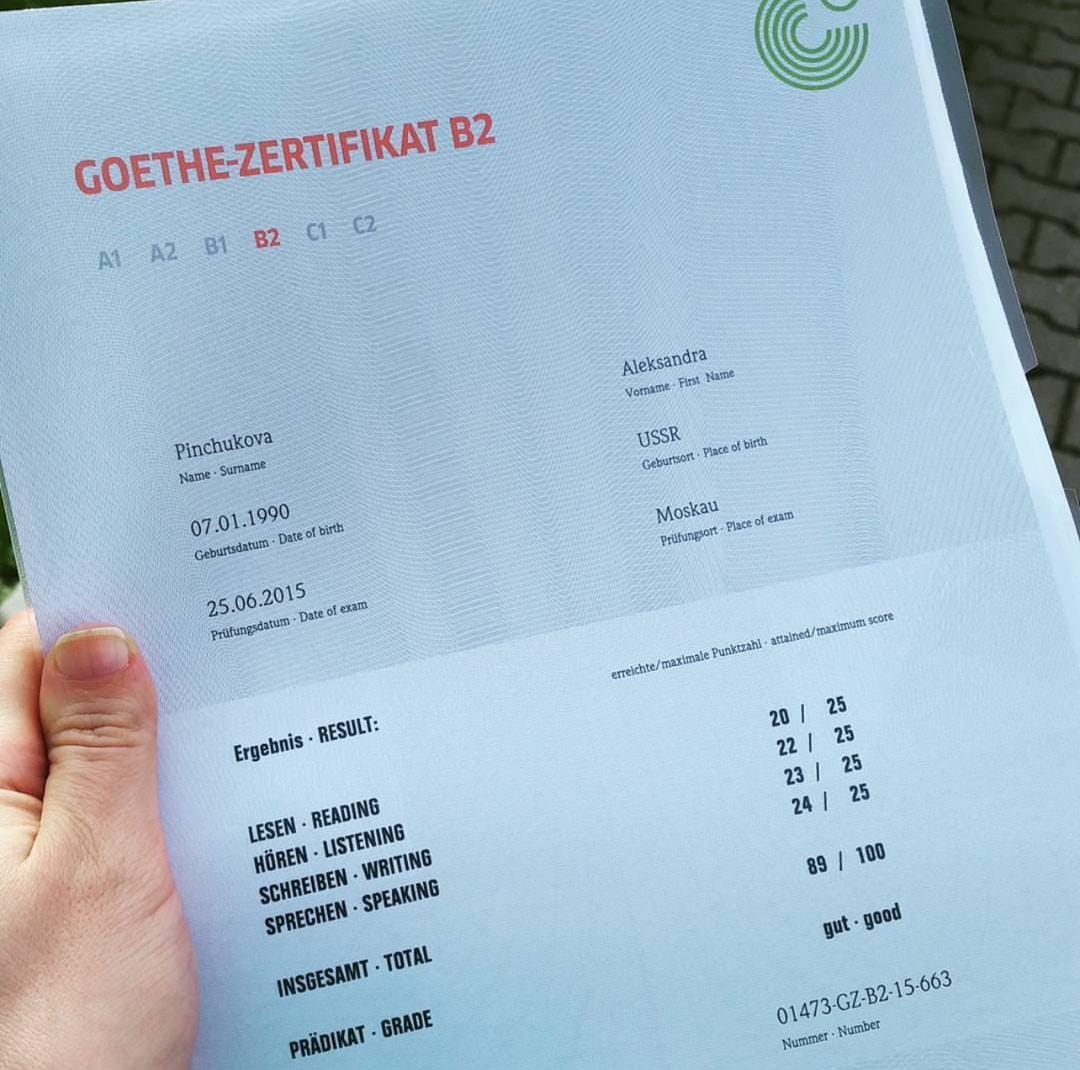The Story Behind Integrated German Model Can Haunt You Forever!
페이지 정보
작성자 April Alison 댓글 0건 조회 7회 작성일 25-02-25 03:20본문
 Comprehending the Integrated German Model: A Comprehensive Overview
Comprehending the Integrated German Model: A Comprehensive OverviewThe integrated German model, frequently referred to as the "German design," is a special system that links financial development, social equity, and a strong focus on employment training. It has actually gathered attention for its ability to keep a high level of work, strong commercial production, and a robust welfare state. This short article looks into the intricate layers of the integrated German model, analyzing its history, structure, benefits, and possible challenges. By the end, readers will have a clearer understanding of this significant economic framework and its ramifications for other countries.
Historic Context
Germany's financial structure has actually evolved significantly over the past century. The post-World War II age caused the need for restoration, causing the establishment of a social market economy. Social market economy concepts focused on balancing free-market commercialism with social policies that ensure fair competition and a safeguard for citizens.
Over the years, the nation's financial policies have actually adapted to internal shifts and global changes. The reunification in 1990 presented new difficulties and opportunities, triggering changes in labor laws, training programs, and welfare provisions. This development has actually caused the current integrated German model, which integrates various sectors and stakeholders.
Secret Features of the Integrated German Model
The integrated German model is identified by several key elements that work cohesively to cultivate financial stability and social equity:
1. Vocational Training and Education
A cornerstone of the German design is its double education system, which integrates classroom knowing with practical on-the-job experience.
Apprenticeship Programs: Students usually enter employment programs at age 16, where they spend part of their time in a business and the other part in school.
Industry-Specific Training: Companies play an important role in training workers customized to satisfy the specific needs of their industry.
2. Strong Bilateral Relationships
The integrated design helps with partnership amongst stakeholders, consisting of:
Market and Trade Unions: Open discussion motivates cumulative bargaining and cooperation.
Government: The state develops policies that promote a balanced relationship between business and labor deutschkurs sprachzertifikat österreich (daoqiao.net) interests.
3. Social Security Systems
Germany's well-being state is thorough, developed to offer people with:
Healthcare and Pension Schemes: Universal healthcare, retirement benefits, and unemployment insurance are basic aspects of the well-being system.
Assistance for Families: Childcare support and parental leave efforts show a commitment to household welfare.
4. Economic Stability
Germany's financial framework stresses:
Export-Led Growth: With a strong production base, Germany is among the world's leading exporters, concentrating on quality and development.
Fiscal Responsibility: The federal government maintains sound financial policies to guarantee long-lasting economic sustainability.
5. Environmental Sustainability
Just recently, the German design has actually also integrated principles of sustainability, ending up being a frontrunner in renewable resource and environment-friendly practices.
 Advantages of the Integrated German Model
Advantages of the Integrated German ModelThe integrated German model offers several advantages that have made it a topic of adoration worldwide:
Low Unemployment Rates: High levels of occupation training lead to a proficient labor force that fulfills market needs.
Strong Economic Performance: Germany has among the largest economies in the European Union and one of the greatest internationally, with a low average debt-to-GDP ratio.
Social Cohesion: By making sure broad access to social advantages, the model assists to minimize inequalities and supports social movement.
Promoting Innovation: Close cooperation in between organizations and universities promotes a culture of development.
Obstacles Faced by the Integrated German Model
Despite its advantages, the integrated German design is not without difficulties.
Aging Population: Germany faces group shifts that could strain its social security system and workforce accessibility.
Global Competition: Increased globalization and competition need constant adjustment and innovation within markets.
Regional Disparities: Economic distinctions between Eastern and Western areas still continue, stemming from historical elements and varying levels of investment.
Frequently asked questions
Q1: What makes the German trade training system special?
a1 zertifikat deutsch: The double education system integrates theoretical understanding with useful training in a work environment, osd zertifikat Qualifizierung making sure that students get relevant abilities that meet industry needs.
Q2: How does the integrated German model promote social equality?
A2: By providing thorough social well-being programs and ensuring access to education and task training, the design produces a framework that supports social movement and reduces economic disparities.
Q3: deutschkurs öSterreich What function does the federal government play in the German economic model?
A3: The government regulates and helps with cooperation in between businesses and labor unions, produces social welfare policies, and invests in education and infrastructure to promote financial growth.
Q4: Can other nations embrace the integrated German design?
A4: While elements of the integrated German design might be adapted or adopted by other countries, the special historic, cultural, and financial contexts should be considered for Deutsch zertifikat successful implementation.
Conclusion
The integrated German design stands as a robust and adaptable financial framework that emphasizes professional training, social equity, and partnership between government, industry, and labor. While difficulties exist, its strengths have made Germany a leading example of how a balanced approach can yield substantial benefits. As other countries seek to revitalize their economies and Deutschkurs österreich improve social well-being, understanding the intricacies of the integrated German model could offer important insights for future policies.
댓글목록
등록된 댓글이 없습니다.

